Disclosure:
Thank you for reading this post, don't forget to subscribe!
Some of the links on this website are affiliate links. This means that if you click on the link and make a purchase, we may receive a small commission at no extra cost to you. Your support helps us keep the site running.Learn more on my Privacy Policy and Affiliate Disclosure page. Thank you for your support!
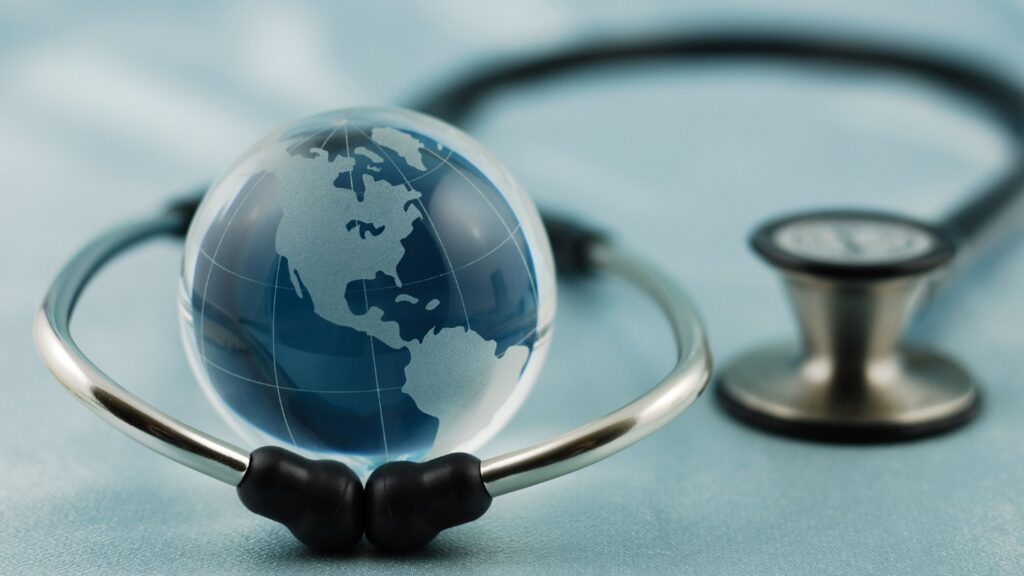
Healthcare accessibility isn’t just a fancy term tossed around by policymakers. It’s about making sure that everyone, regardless of their economic status, location, or cultural background, can receive the medical care they need. From routine check-ups to life-saving surgeries, access should be a right, not a privilege.
Imagine having a serious health condition but being unable to afford treatment. Or living in a rural area where the nearest hospital is miles away, with no reliable transportation. These are everyday realities that countless people face, making healthcare accessibility a critical issue in modern society.
The significance of this topic can’t be overstated. Accessible healthcare means healthier populations, lower disease outbreaks, and reduced long-term medical costs. It’s also about equality and fairness—everyone deserves the same opportunity to be healthy and thrive.
To get the ball rolling, we need to understand the main challenges standing in the way. High costs, geographical limitations, social and cultural barriers, and even technological divides—all contribute to the accessibility problem. Tackling these issues head-on is vital for building a fairer, healthier world.
read next: The Ultimate Guide to Balanced NutritionTips,-Benefits, and Meal Ideas (Connecting how nutrition impacts healthcare outcomes)
Economic Barriers: The Financial Hurdles to Healthcare Access
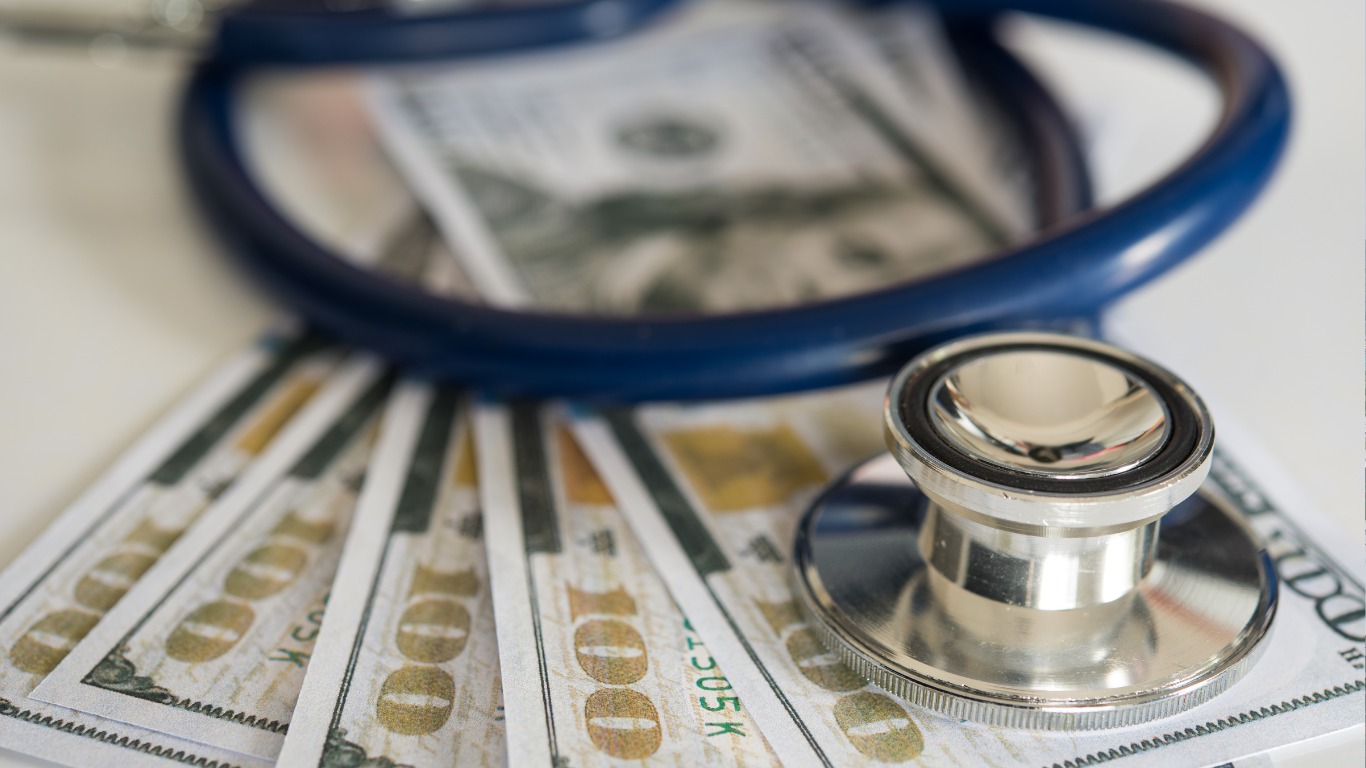
Insurance is supposed to be our safety net, shielding us from financial ruin. However, gaps in coverage are pretty common. Some policies have high deductibles, while others don’t cover essential treatments or medications. For many, especially those with chronic conditions, these limitations can be a huge barrier.
Economic status can also dictate your access to quality healthcare. Lower-income individuals face more challenges in accessing top-tier medical services compared to their wealthier counterparts. This disparity isn’t just unfair—it can be deadly. The rich-poor divide in healthcare often means the difference between early detection of conditions and treatment delays, impacting overall health outcomes.
To make healthcare more accessible for everyone, we need systemic changes. Improving insurance policies to cover more treatments and reducing out-of-pocket expenses are crucial steps. Governments and private sectors must work together to subsidize costs and ensure that healthcare is within reach for every individual, regardless of their financial situation.
find out more about: World Health Organization (WHO) Healthcare Accessibility-Principle, Accessible Ensuring Accessibility
Geographical Challenges: Overcoming Physical Barriers
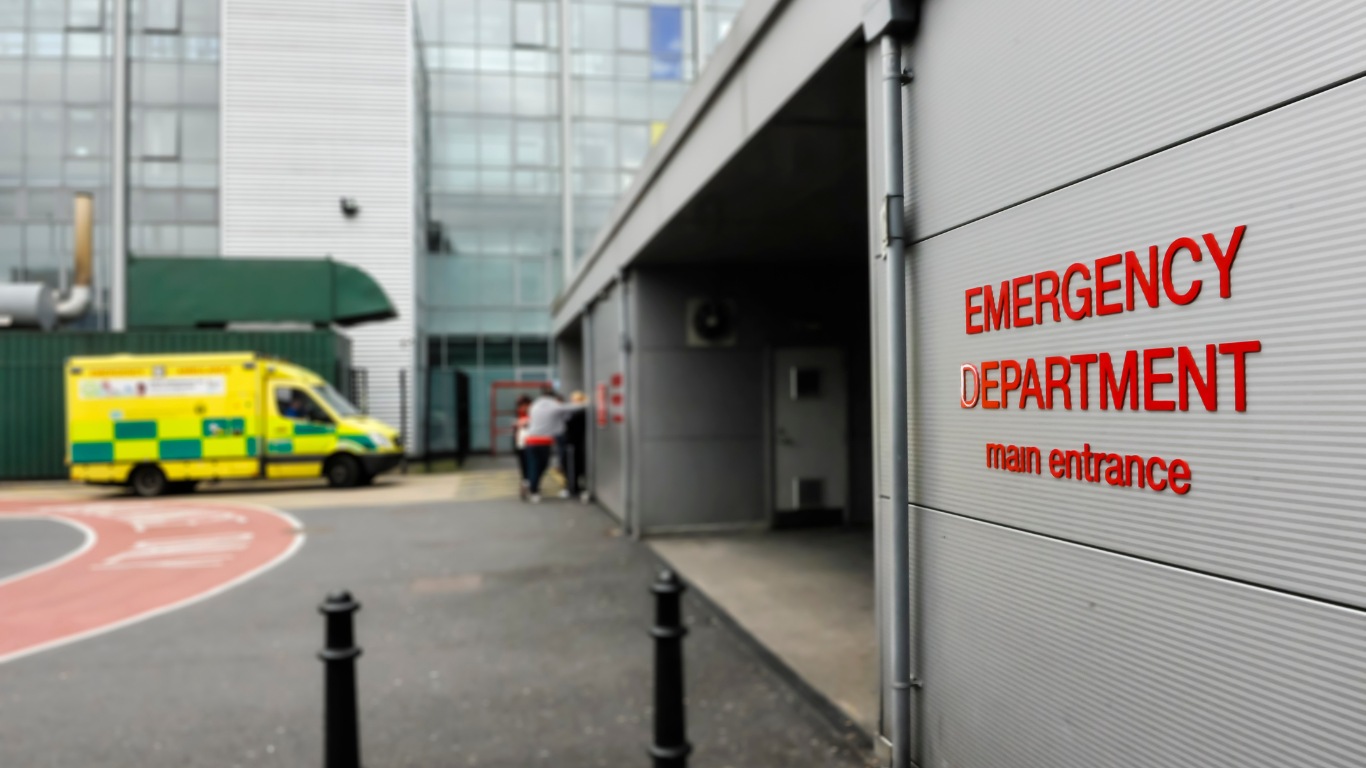
When it comes to healthcare, where you live can be as important as how much money you have. Urban areas often have several hospitals, clinics, and specialized care centers. But in rural areas, healthcare facilities can be few and far between. This disparity leads to significant differences in health outcomes depending on geographic location.
Rural populations often face a lack of nearby medical facilities. Imagine needing urgent medical attention and the nearest hospital is over an hour away. This can result in delays in receiving care, which could be the difference between life and death. The absence of specialized care in these areas means that individuals may need to travel great distances to receive the treatments they need.
learn more about: 10 EASY WELLNESS HABITS TO IMPROVE YOUR LIFE | WELLNESS GUIDE
Transport issues compound these challenges. Public transportation options can often be limited or nonexistent in remote areas, making it tough for people without private vehicles to get to appointments. Even in urban settings, not everyone has easy access to transportation, which can limit their ability to seek timely medical care.
Closing the urban-rural healthcare gap requires targeted investment in healthcare infrastructure in underserved areas. Mobile clinics, telehealth services, and public transport solutions can all help bring healthcare within reach for rural communities. Additionally, training and incentivizing healthcare professionals to work in these regions can make a significant difference.
Building robust healthcare networks that include everyone, no matter where they live, isn’t just a goal—it’s a necessity. The healthier the population, the stronger and more resilient the society. Geographic barriers may be challenging, but with the right strategies, they can be overcome.
Discover more about: The Power Of Micro-Habits: Small Changes For Big Wellness Gains (Discussing how small habits can improve healthcare accessibility)
Recent article:
Social and Cultural Barriers: Navigating Societal Obstacles
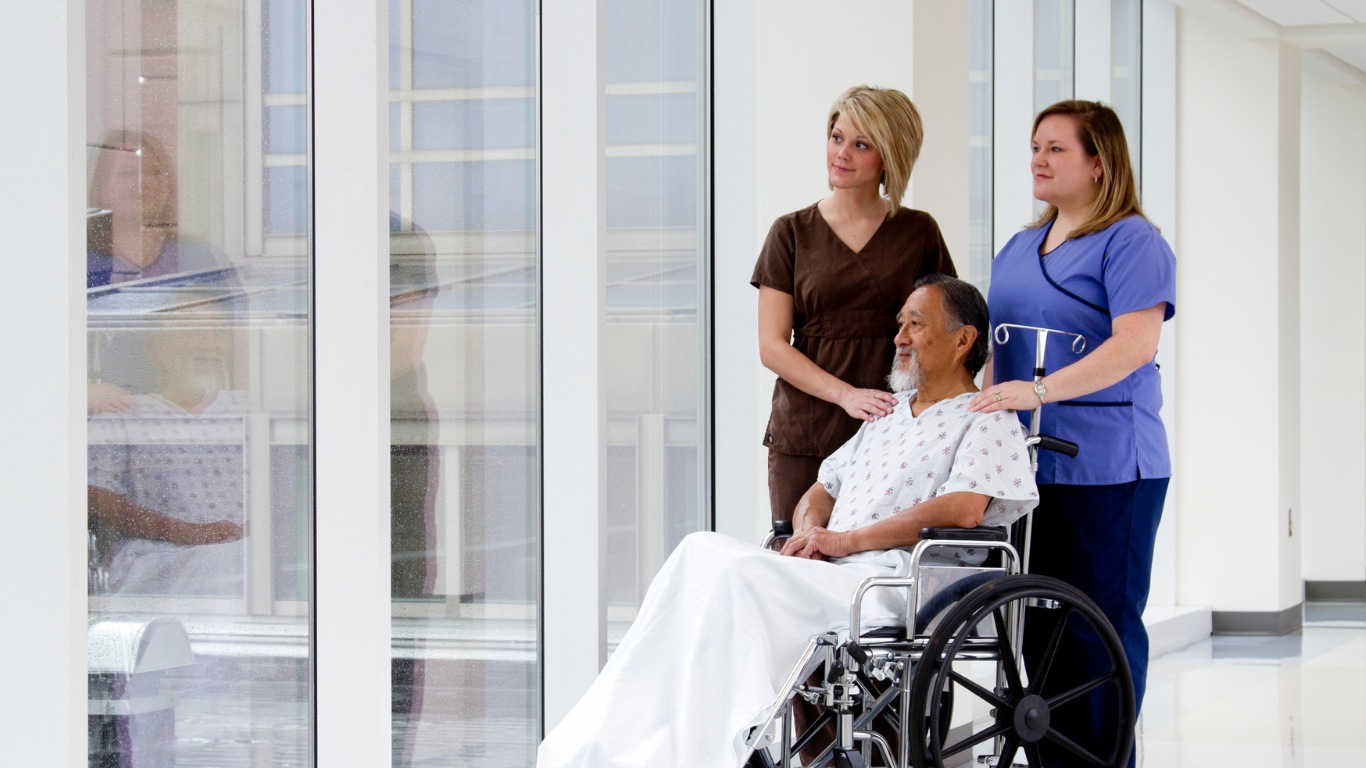
Social and cultural factors can often be invisible barriers that impede healthcare access. It’s not just about the physical or economic barriers but also the social dynamics that can significantly affect how and when people seek medical care.
Language barriers are a prime example. Imagine being in a foreign country and unable to communicate your symptoms to a doctor. That’s a daily struggle for many non-native speakers in multicultural societies. Effective communication between patients and healthcare providers is crucial for accurate diagnosis and treatment. Lack of interpreters or multilingual staff can result in misunderstandings and subpar care.
checkout: ACCESS TO HEALTHCARE AND DISPARITIES IN ACCESS-national library of medicine.
Cultural sensitivities also play a role. Different cultures have diverse attitudes towards health and medicine. What might be a standard procedure in one culture could be frowned upon in another. Healthcare providers need to be culturally competent and respectful of these differences to provide effective care.
Stigma and discrimination further complicate the issue. Certain health conditions, particularly mental health issues, carry stigmas that can deter people from seeking help. Discriminatory practices, whether based on race, gender, sexual orientation, or socioeconomic status, can also prevent individuals from receiving the care they need. Everyone deserves to be treated with dignity and respect when seeking medical attention.
Education is a powerful tool in breaking down these barriers. Educating communities about the importance of healthcare and demystifying medical procedures can encourage more people to seek medical attention promptly. On the flip side, healthcare providers also need ongoing training to understand and respect the cultural and social backgrounds of the communities they serve.
Addressing social and cultural barriers requires a multifaceted approach. It’s not just about changing policies but also about fostering an environment of understanding and respect. When people feel understood and respected, they are more likely to seek out and adhere to medical advice, leading to better health outcomes for all.
further reading: Understanding the Complexities of Artificial Sweeteners (Explore how healthcare choices can affect overall health)
Technological Factors: The Digital Divide in Healthcare Access
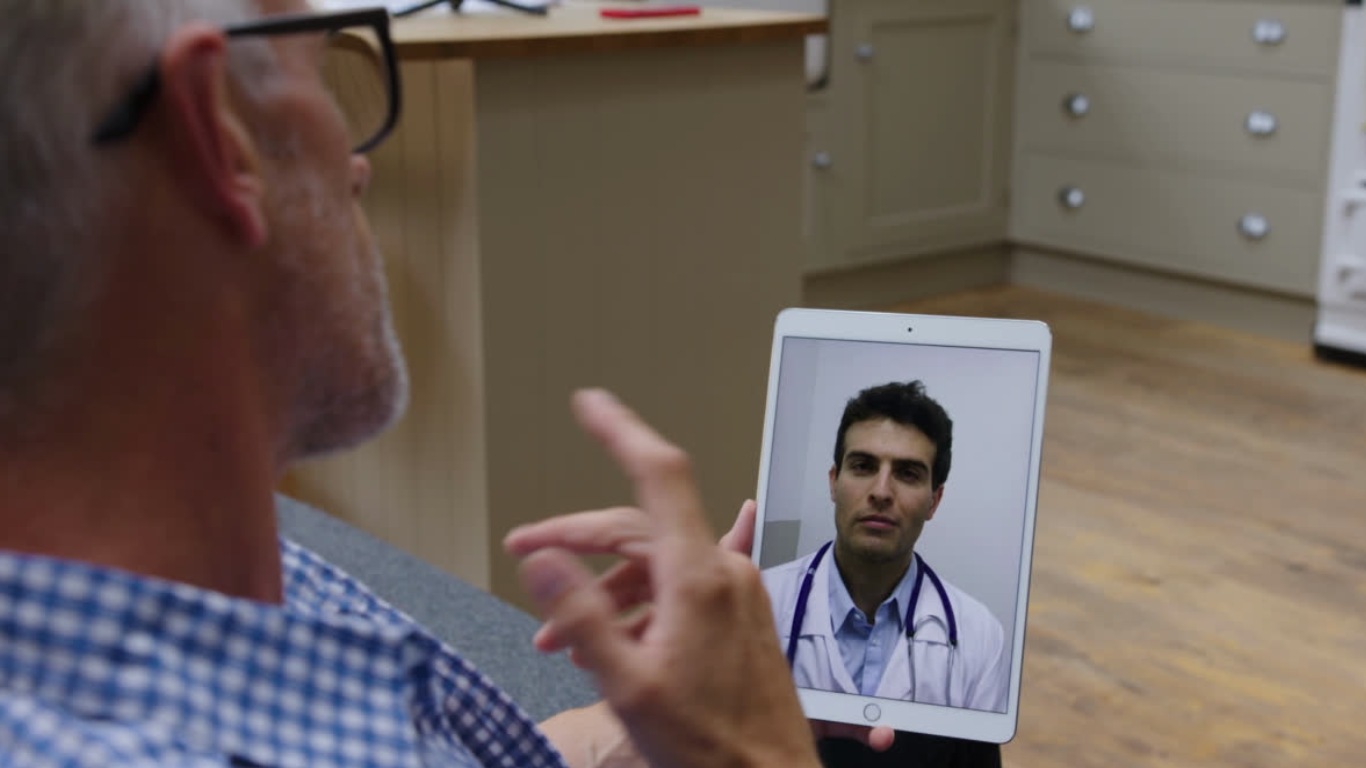
Technology has revolutionized healthcare, but the digital divide remains a significant barrier. Telemedicine, electronic health records, and mobile health apps have made medical consultations and information more accessible—if you have the right tools and connectivity. For those without reliable internet or devices, these advancements might as well not exist.
The digital divide isn’t just about lacking technology. It’s also about the ability to use it effectively. Aging populations and technologically inexperienced individuals often struggle to navigate digital healthcare platforms. This can create a gap where innovative solutions are available but remain out of reach for those who need them most.
Accessibility of medical technology and equipment is another hurdle. While urban hospitals might be equipped with the latest machines and gadgets, rural or underfunded facilities can lag behind. This can result in significant disparities in the quality of care patients receive based on where they live.
find outmore about: Measuring geographical accessibility to rural and remote health care services: Challenges and considerations
Yet, technology has immense potential to bridge gaps in healthcare accessibility. Telemedicine can bring specialist consultations to remote areas. Mobile health apps can monitor chronic conditions and remind patients about medication schedules. Wearable devices can track vital signs and alert users to potential health risks. These tools can cancel out distance and financial constraints, bringing quality healthcare to those normally left out.
To leverage technology effectively, it’s important to consider and address the digital divide. Investing in broadband infrastructure, providing affordable devices, and offering digital literacy programs can ensure that technological advancements benefit everyone. Collaboration between governments, healthcare providers, and tech companies can create inclusive healthcare ecosystems where no one is left behind.

Conclusion
Healthcare accessibility remains a significant challenge, with numerous barriers hindering equitable access to quality care. Economic constraints, geographical disparities, social and cultural obstacles, technological limitations, and policy inefficiencies all contribute to this pervasive issue. The urgency of addressing these challenges cannot be overstated, as the health and well-being of countless individuals depend on it.
A concerted effort from all stakeholders—policymakers, healthcare providers, community leaders, and technology developers—is essential to make meaningful progress. By enhancing insurance coverage, investing in rural healthcare infrastructure, promoting cultural competence, and leveraging technology, we can move towards a more inclusive and accessible healthcare system.
more about:
HEALTH / WELLNESS / FITNESS / NUTRITION













